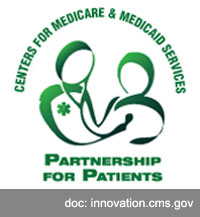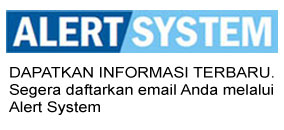 At the special meeting of the Mineral County Commissioners on April 23, Denyse Traeder of the Mineral Community Hospital made a presentation on the hospital’s Frontier Medicine Better Health Partnership. According to Traeder, the partnership was formed by MCH as a response to the changing nature of health care in the country.
At the special meeting of the Mineral County Commissioners on April 23, Denyse Traeder of the Mineral Community Hospital made a presentation on the hospital’s Frontier Medicine Better Health Partnership. According to Traeder, the partnership was formed by MCH as a response to the changing nature of health care in the country.
“The Innovations Program (another name for the Frontier Medicine Better Health Partnership) was formed by the legislature to look at new and innovative ways to look at health care,” Traeder said.
According to Traeder, employees at the hospital wrote in “many cool things” in the grant and the hospital won the nationwide grant out of over 9,000 hospitals that applied.
“Health care as we know it isn’t sustainable,” Traeder said. “If health care had risen by the same percentage as food we would be paying $108 for a pound of oranges. So we know that it’s outrageous and if this was happening with food there would be a huge outcry. But because we all need healthcare we aren’t really seeing as much of a pushback so we are here trying to tackle some of these issues.”
The Frontier Medicine Better Health Partnership was created for Critical Access Hospitals, hospitals with less than 25 beds, as a response to the changing nature of health care in the nation.
“It’s a grass root effort created by critical access hospitals for critical access hospitals,” Traeder said.
Traeder added that the partnership was created to “give small, critical access hospitals a voice” by teaming them all together and creating a nationwide partnership.
“We have been funded for three years and we have the possibility of continuing for seven years if we show the cost-cutting we think we can show,” Traeder said.
Twenty-five hospitals in the state have already teamed up with MCH in the partnership and according to Traeder the number will only increase with time.
“We believe that we will have closer to all 48 (critical access hospitals in Montana) join,” Traeder said. “They are very excited about this because it gives them quite a bit to work with within their communities.”
Traeder, who has been “running and writing grants in the county for a long time,” said that there are several primary areas of focus of focus in the partnership including developing a larger workforce and improving the efficiency of systems in critical access hospitals.
“It’s all about the patients,” Traeder said. “That is what we really want to focus on.”
One aspect of the partnership is training military veterans to be able to transition from service directly into fields in health care. According to Traeder that transition has been hard in the past due to military training not carrying over and counting in the private sector.
“When they get stateside they can actually get a job immediately,” Traeder said. “We have a 20 percent unemployment rate among our veterans right now and one of the major problems is once they get home the nation doesn’t accept their training.”
Another aspect of the partnership is developing better communication and transportation protocols in critical access hospitals.
“One of the things we have identified is that we are using rotor transportation at a very high rate when ground transportation would be appropriate,” Traeder said. “Each time a rotary comes out to pick up a patient it is about $15,000 and sometimes as much as $30,000.”
In order to combat those costs the partnership is looking at improving ground transportation in critical access hospitals in order to have staff available to ride in an ambulance with a patient to give support to the patient that would otherwise require a helicopter for transportation.
Source: vp-mi.com








